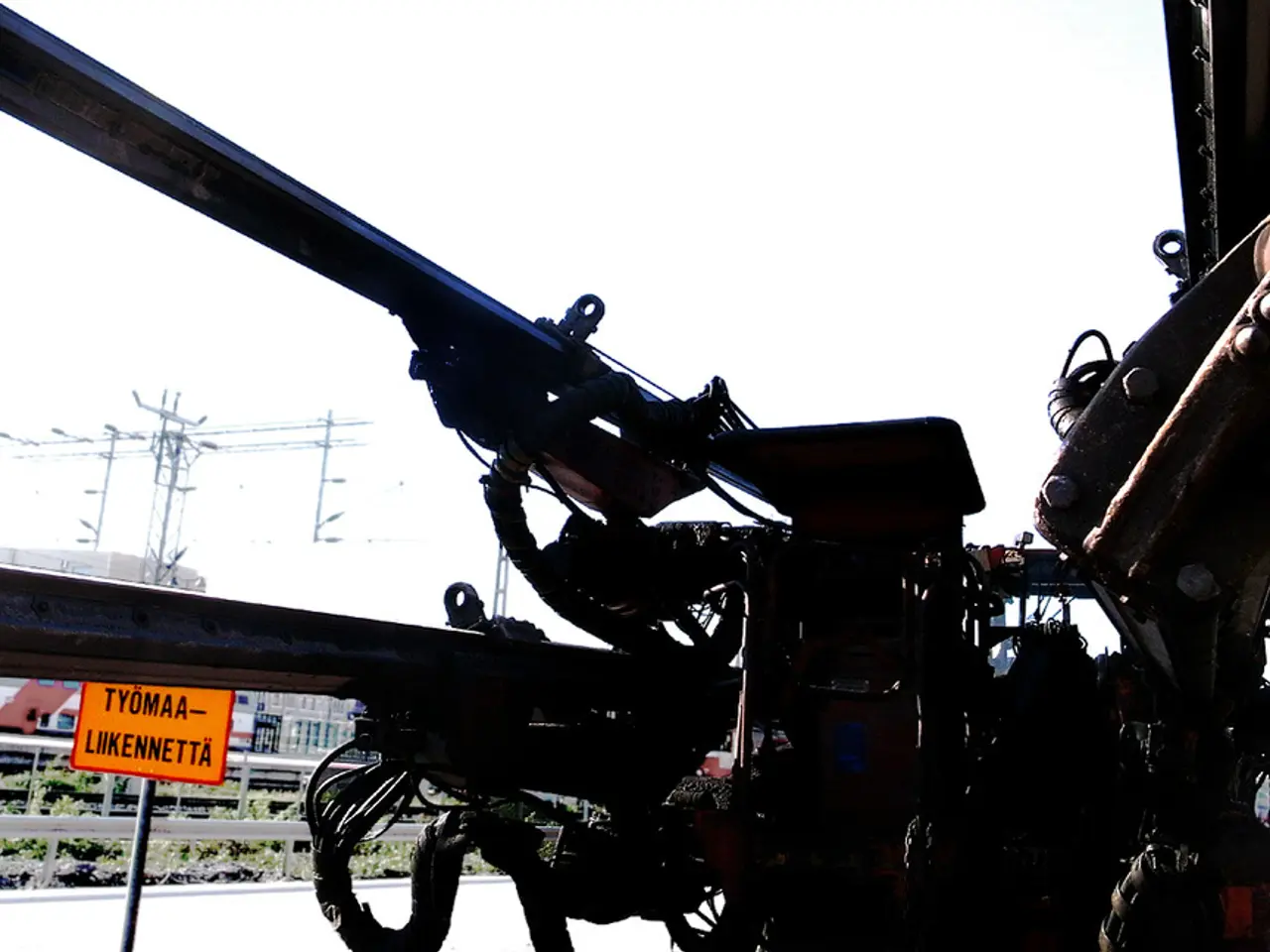Industries Embracing Thermal Drone Applications by 2025
In 2025, thermal drones have emerged as an indispensable tool across various sectors, revolutionising maintenance, safety, and efficiency. The broad adoption of these innovative devices is driven by advancements in drone hardware, AI-powered analytics, longer flight times, and integration with cloud platforms.
The solar energy industry benefits significantly from thermal drones, which detect micro-cracks and hotspots in solar panels, improving maintenance efficiency and reducing downtime. In the construction and building inspection sector, thermal drones identify structural issues, heat leaks, and insulation problems safely and rapidly. Utilities and electrical infrastructure also find thermal drones vital for detecting electrical faults and hotspots in power lines, transformers, and other critical infrastructure remotely.
The oil and gas sector leverages thermal drones to locate leaks, monitor equipment temperature, and inspect hazardous sites without exposing personnel to risks. Agriculture and environmental monitoring have also been reshaped by thermal drones, enabling precision farming by assessing crop health, irrigation needs, and environmental changes through thermal imaging.
Public safety and emergency response teams utilise thermal drones for search and rescue operations, wildfire monitoring, and locating missing persons through heat signatures. Manufacturing and industrial maintenance also benefit from thermal drones, which help detect overheating machinery, prevent failures, and schedule timely maintenance.
Operational cost savings are achieved through reduced labour hours, minimised equipment damage, and avoided system failures. However, operators often require both drone pilot certification and training in thermal imaging interpretation to avoid misreading thermal data.
Thermal drones are equipped with infrared cameras that detect temperature differences rather than visible light. AI-powered analytics and automated flight planning are making it easier to collect, process, and act on thermal data. Thermal drones excel in low-light or zero-visibility conditions, making them especially useful for emergency services and surveillance.
Thermal drones provide faster, safer inspections, offering real-time thermal imagery without interrupting workflows. They can scan large areas in a fraction of the time it takes to inspect them manually. In industries with strict safety and environmental standards, thermal inspections help organisations stay compliant by offering traceable, timestamped data to support reports and audits.
As of 2025, a reliable thermal drone setup typically ranges from $7,000 to $25,000 USD. In sectors with aging infrastructure, remote assets, or hazardous conditions where manual inspections pose a risk, thermal drones reduce the need for dangerous or hard-to-reach inspections.
In the oil and gas sector, thermal drones offer a fast, safe, and accurate way to inspect pipelines, storage tanks, flare stacks, and refineries. In the construction industry, thermal drones are transforming how firms and building inspectors identify hidden issues in both new and existing structures.
For solar farm operators, thermal drones are critical tools, helping to identify defects like hot spots, faulty bypass diodes, or disconnected strings. The drone thermal camera market in 2025 is robust and growing, with a $500 million market size projected to expand due to greater accessibility and technological improvements, especially in commercial sectors like industrial inspection and agriculture.
Thus, thermal drones have transitioned from niche military tools to essential assets across multiple commercial and safety-related industries.
Artificial-intelligence-powered analytics and automation in thermal drones help reduce labor hours and improve maintenance efficiency in various industries, including solar energy, construction, and utilities. Gadgets like thermal drones, equipped with infrared cameras and integrated with data-and-cloud-computing platforms, are transforming the way inspections are conducted, offering faster, safer, and more accurate solutions, especially in sectors with strict safety and environmental standards.




